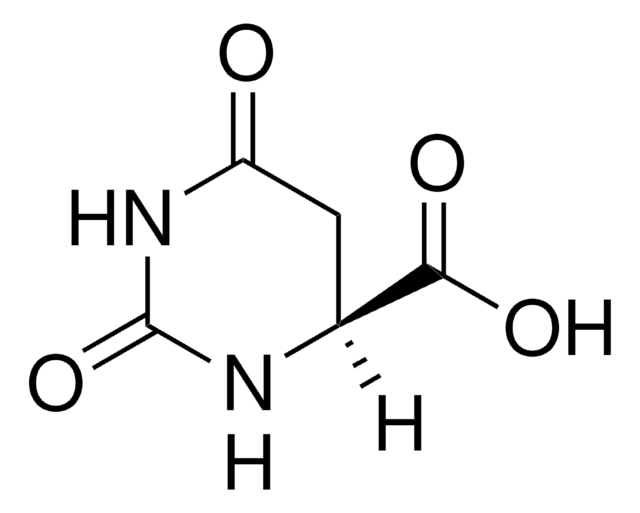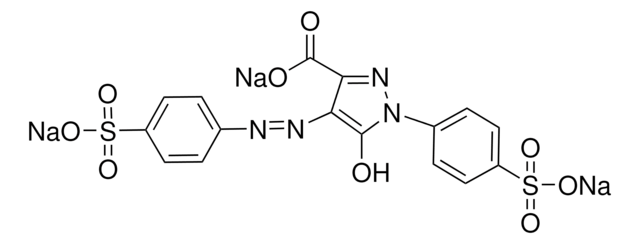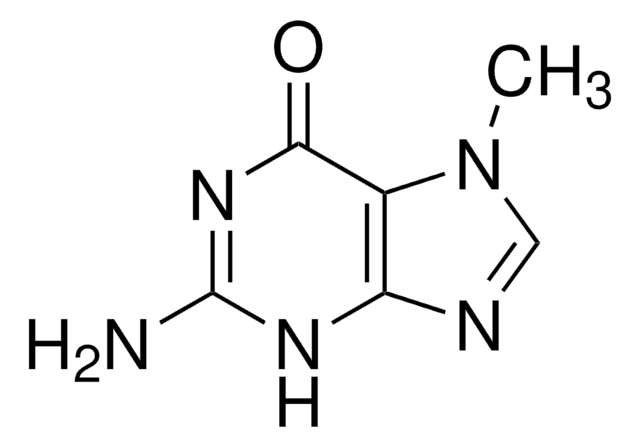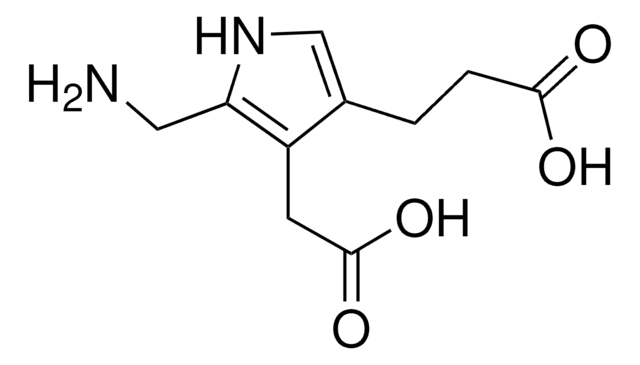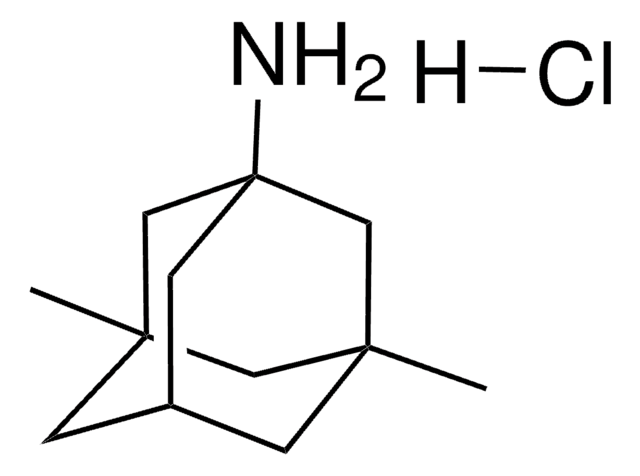Wszystkie zdjęcia(3)
Kluczowe dokumenty
About This Item
Wzór empiryczny (zapis Hilla):
C5H6N2O4
Numer CAS:
Masa cząsteczkowa:
158.11
Numer MDL:
Kod UNSPSC:
12352204
Identyfikator substancji w PubChem:
Polecane produkty
Formularz
powder
ciąg SMILES
OC(=O)C1CC(=O)NC(=O)N1
InChI
1S/C5H6N2O4/c8-3-1-2(4(9)10)6-5(11)7-3/h2H,1H2,(H,9,10)(H2,6,7,8,11)
Klucz InChI
UFIVEPVSAGBUSI-UHFFFAOYSA-N
Hasło ostrzegawcze
Warning
Zwroty wskazujące rodzaj zagrożenia
Zwroty wskazujące środki ostrożności
Klasyfikacja zagrożeń
Eye Irrit. 2 - Skin Irrit. 2 - STOT SE 3
Organy docelowe
Respiratory system
Kod klasy składowania
11 - Combustible Solids
Klasa zagrożenia wodnego (WGK)
WGK 3
Temperatura zapłonu (°F)
Not applicable
Temperatura zapłonu (°C)
Not applicable
Środki ochrony indywidualnej
dust mask type N95 (US), Eyeshields, Gloves
Wybierz jedną z najnowszych wersji:
Masz już ten produkt?
Dokumenty związane z niedawno zakupionymi produktami zostały zamieszczone w Bibliotece dokumentów.
Timo Heikkilä et al.
Journal of medicinal chemistry, 50(2), 186-191 (2007-01-19)
Pyrimidine biosynthesis presents an attractive drug target in malaria parasites due to the absence of a pyrimidine salvage pathway. A set of compounds designed to inhibit the Plasmodium falciparum pyrimidine biosynthetic enzyme dihydroorotate dehydrogenase (PfDHODH) was synthesized. PfDHODH-specific inhibitors with
Joana Costeira-Paulo et al.
Cell chemical biology, 25(3), 309-317 (2018-01-24)
The interactions between proteins and biological membranes are important for drug development, but remain notoriously refractory to structural investigation. We combine non-denaturing mass spectrometry (MS) with molecular dynamics (MD) simulations to unravel the connections among co-factor, lipid, and inhibitor binding
Ceyhun Bereketoglu et al.
Physiological genomics, 49(10), 549-566 (2017-09-10)
Bioaccumulative environmental estrogen, nonylphenol (NP; 4-nonylphenol), is widely used as a nonionic surfactant and can affect human health. Since genomes of
Daniel Ken Inaoka et al.
Biochemistry, 47(41), 10881-10891 (2008-09-24)
Dihydroorotate dehydrogenase (DHOD) from Trypanosoma cruzi (TcDHOD) is a member of family 1A DHOD that catalyzes the oxidation of dihydroorotate to orotate (first half-reaction) and then the reduction of fumarate to succinate (second half-reaction) in the de novo pyrimidine biosynthesis
Genetic diversity and kinetic properties of Trypanosoma cruzi dihydroorotate dehydrogenase isoforms.
Idalia Sariego et al.
Parasitology international, 55(1), 11-16 (2005-09-21)
Dihydroorotate dehydrogenase (DHOD) is the fourth enzyme in the de novo pyrimidine biosynthetic pathway and is essential in Trypanosoma cruzi, the parasitic protist causing Chagas' disease. T. cruzi and human DHOD have different biochemical properties, including the electron acceptor capacities
Nasz zespół naukowców ma doświadczenie we wszystkich obszarach badań, w tym w naukach przyrodniczych, materiałoznawstwie, syntezie chemicznej, chromatografii, analityce i wielu innych dziedzinach.
Skontaktuj się z zespołem ds. pomocy technicznej